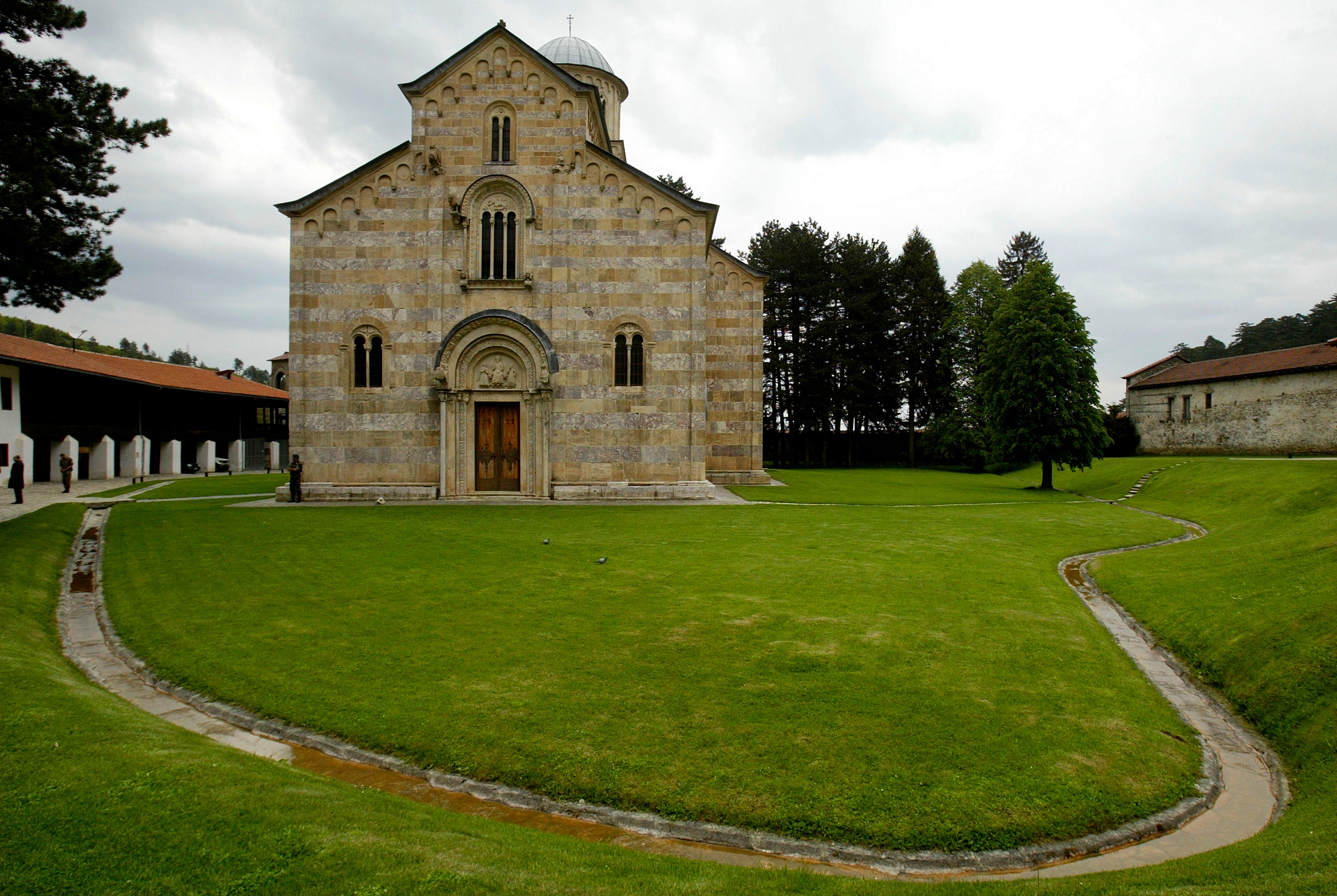Kosovo's rival communities reach deal on World Heritage site
Italian mediation has helped resolve a long-running dispute between Kosovo’s ethnic Albanian government and the Serb minority, allowing a highway project that will bypass a historic Christian Orthodox monastery listed as an endangered World Heritage site

Your support helps us to tell the story
From reproductive rights to climate change to Big Tech, The Independent is on the ground when the story is developing. Whether it's investigating the financials of Elon Musk's pro-Trump PAC or producing our latest documentary, 'The A Word', which shines a light on the American women fighting for reproductive rights, we know how important it is to parse out the facts from the messaging.
At such a critical moment in US history, we need reporters on the ground. Your donation allows us to keep sending journalists to speak to both sides of the story.
The Independent is trusted by Americans across the entire political spectrum. And unlike many other quality news outlets, we choose not to lock Americans out of our reporting and analysis with paywalls. We believe quality journalism should be available to everyone, paid for by those who can afford it.
Your support makes all the difference.Italian mediation on Thursday helped resolve a long-running dispute between Kosovo's ethnic Albanian government and the Serb minority, allowing a highway project that will bypass a historic Christian Orthodox monastery listed as an endangered World Heritage site.
Serb Orthodox leaders long protested works to greatly widen a road brushing the 14th Century Visoki Decani Monastery — one of Kosovo's top mediaeval Serbian monuments. They argued that it violated site protection rules and that heavy traffic using the road to access a planned ski resort would damage the buildings and their natural surroundings.
They also cited a series of grenade attacks against the monastery spurred by ethnic hatred after Kosovo's 1998-99 war. These led to NATO-led peacekeepers being permanently stationed to guard the complex, located some 100 kilometers (60 miles) west of the capital, Pristina.
The deal agreed Thursday will allow construction of a new highway that bypasses the UNESCO World Heritage site and leads to the resort and to neighboring Montenegro. The existing, widened road will remain, but is expected to be largely superseded by the new one.
Italy's ambassador to Kosovo, Nicola Orlando and the head of the KFOR peacekeeping force, Italian Gen.-Maj. Michele Risi, personally mediated the agreement. An official involved in the talks said the bypass project's cost was unclear but would likely be covered by the European Union.
“Such an agreement testifies that the Republic of Kosovo is a country of equality, of freedom and rights which are respected and protected similarly for everyone,” Kosovar Prime Minister Avdullah Hoti, who was also involved in the talks, said in a statement.
Serbs are the biggest ethnic minority in Kosovo, though their number has decreased following the war when a Serbian crackdown on ethnic Albanian separatists led to the deaths of more than 10,000 people, mostly Albanians.
The conflict ended with NATO intervention, which forced Serbia to pull out of the province Serbs and the Serbian church consider their historic and cultural heartland — containing hundreds of Serbian Orthodox Christian monasteries and churches dating back to medieval times.
Kosovo declared independence from Serbia in 2008, a move that Belgrade doesn’t recognize.
Kosovo and Serbia have been in EU-negotiated normalization talks — that included the Decani road issue — since 2011 but few of the signed deals are applied in each country.
Visoki Decani Monastery was founded by Serbian King Saint Stefan Decanski, who was buried there after being killed by his son's followers. It blends western and eastern architectural styles and is richly decorated with frescoes. During the 1998-99 war it sheltered civilians.
——-
Semini reported from Tirana, Albania. Jovana Gec in Belgrade also contributed.